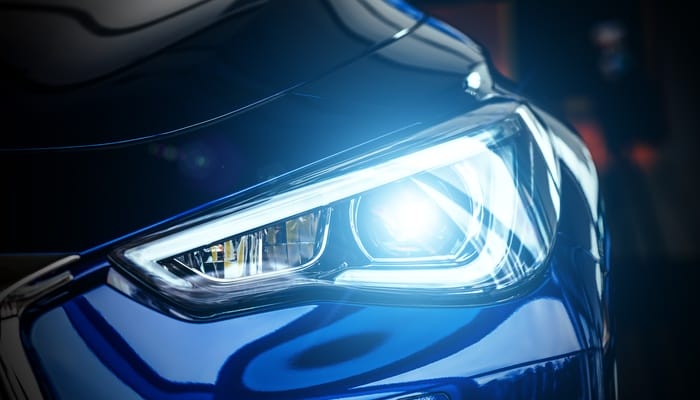LED vehicle lights have become a favorite choice for drivers thanks to their brightness and longevity. But have you considered how the changing seasons might impact them? From the blazing heat of summer to the moisture of spring, the environment plays a big role in how these lights perform. Here’s what you need to know about how each season can challenge your LED vehicle lights and what you can do to keep them shining bright year-round.
Summer
When temperatures soar, so does the risk of heat-related issues for your LED vehicle lights. Though LEDs generate less heat compared to traditional bulbs, they are still sensitive to external high temperatures. Prolonged exposure to extreme heat can cause damage to electronic components, reducing their lifespan.
And there’s more. Intense UV rays during summer months can slowly degrade the materials of your light housings, leaving them discolored or brittle. Parking in shaded areas or using a car cover can help reduce sun exposure and keep your lights looking and working their best.
Autumn
With autumn comes falling leaves and debris, which might seem harmless but can wreak havoc on your LED lights. The tiny spaces around the housings can collect leaves, dirt, and other debris, potentially blocking ventilation or reducing the effectiveness of the lights themselves.
During this time, regularly cleaning your lights is key. You’ll want to prevent buildup before it impacts how well other drivers can see your vehicle on dim, foggy autumn roads.
Winter
Winter can be tough on everything, including your LED vehicle lights. Sub-zero temperatures may strain the electrical systems that support your LEDs, though modern designs are generally resilient to such conditions. However, the real issue often lies elsewhere.
Snow and ice can accumulate on your lights, dimming their output and reducing their effectiveness. Salt used on icy roads introduces an additional problem; traces of salt can corrode light fixtures over time, especially if left unattended. Washing your car regularly and gently scraping off ice and snow from your lights can avoid those problems while keeping you safe on dark winter drives.
Spring
Spring brings warmer temperatures, but it also introduces its own set of challenges. Excess moisture from frequent rain or flooding can seep into light housings if seals are even slightly compromised. This moisture can fog up the glass or, worse, damage the interior electronics.
If you often drive through puddles or rainy conditions, it’s worth inspecting the seals on your LED lights. Keeping them watertight goes a long way in protecting your investment and maintaining performance during the soggy months of spring.
Stay Bright Through Every Season
LED vehicle lights can last, but the shifting challenges of each season can put them to the test. From the heat of summer to the moisture of spring, staying proactive about care and maintenance is key to keeping your lights functional and your drives safe. Park strategically, clean regularly, and inspect your lights when needed. Your car (and wallet) will thank you for it.







